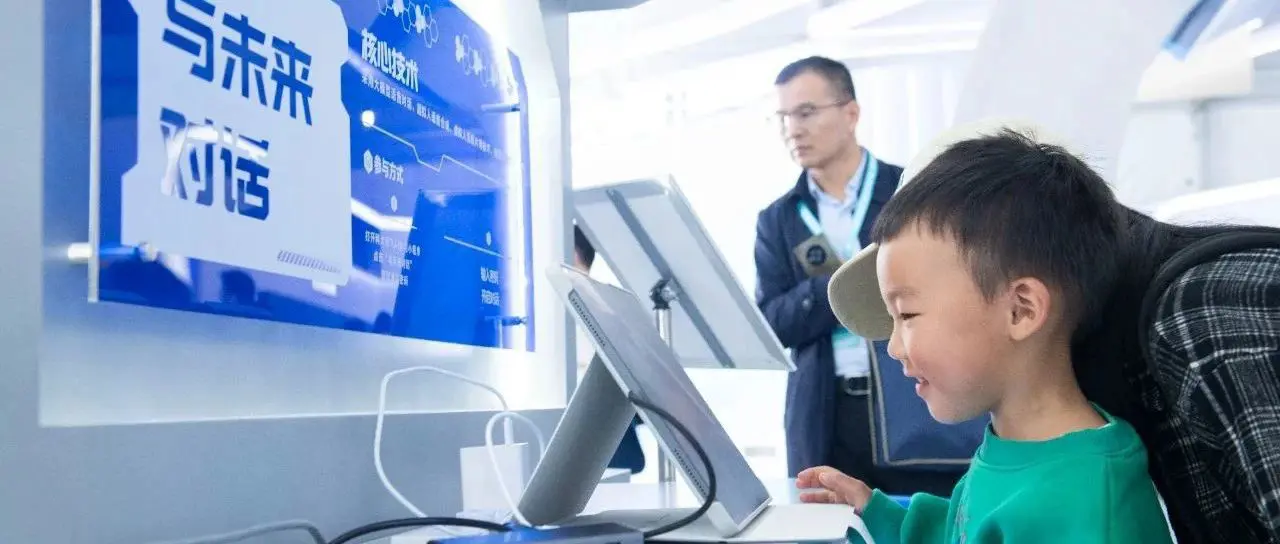Promoting Artificial Intelligence as a "Foundation Technology" — Observing the Trends in Artificial Intelligence Development from the China Computer Conference

How can artificial intelligence empower the development of new quality productivity? How to address the "capability deficiencies" of large models? ... At the China Computer Conference held in Hengdian Town, Dongyang City, Zhejiang Province from ... to ..., how to promote the continuous integration of artificial intelligence with various industries, making it a "foundation technology" that drives the digital transformation and innovative development of the economy and society, sparked heated discussions among the attending experts.
Merchants generate product details and graphic marketing materials through large models to enhance sales conversion; delivery personnel improve efficiency in distribution and collection through intelligent prompts and operations; patients receive professional and empathetic consultation services from intelligent systems, which also recommend treatment plans for doctors... Experts at the meeting stated that the tech and industrial sectors are continuously witnessing increasingly powerful large models.
Computation has not only given rise to intelligence but also shaped consensus, provided new paradigms for scientific research, and birthed a novel economic form. Chen Chun, an academician of the Chinese Academy of Engineering, stated that computation is the key force driving the progress of the era.
"Currently, hundreds of large model applications are being incubated and grown in various scenarios within JD.com, supporting the work of over ten thousand employees and tens of thousands of merchants, further enhancing work efficiency and reducing costs," said a spokesperson for JD Cloud during a conference. Although large models have not yet emerged with "super applications" for ordinary consumers, industrial applications are gradually expanding.
"Now, a junior undergraduate student can complete a short film in two weeks using artificial intelligence technology." Sun Lijun, Vice President of Beijing Film Academy, said that the future is already here, and film practitioners are now facing the challenge of how to learn from artificial intelligence and make friends with it.
The White Paper on the Global Digital Economy (Year) released by the China Academy of Information and Communications Technology shows that as of now, there are more than 100 large-scale AI models globally, with China accounting for % of these models, ranking second in the world. Industry insiders at the conference stated that artificial intelligence has developed for nearly 70 years, experiencing three peaks and two troughs, with both troughs related to the failure of the technology to truly land. The current rapid development of artificial intelligence is mainly driven by large-scale model technology, and whether these large models can be truly widely and effectively applied will be the key to the future development of this technology.
"The capabilities are indeed stunning, but the flaws are also surprising." When discussing the performance of large-scale AI-generated video models, Rui Yong, Senior Vice President of Lenovo Group, said that the emergence of large models has driven the development of the entire artificial intelligence field, but the limitations in reasoning ability, planning ability, and understanding of the physical world are also becoming apparent.
Currently, there is high expectation for 'Artificial Intelligence+', but the application of AI requires a period of exploration, adaptation, and accumulation before it can usher in prosperity. Academician Mei Hong of the Chinese Academy of Sciences believes that daily chat or generating text reports and videos are usually only a small part of industry needs. What the industry truly needs are applications that are effectively grounded in solving production and business problems.
Multiple experts have mentioned that large models are not the only path for the development of artificial intelligence. A more comprehensive and hybrid technological development path may potentially drive artificial intelligence to overcome challenges such as principle breakthroughs, data dependency, and computational power consumption.
"There are many schools of thought in artificial intelligence, just like Chinese martial arts, with Shaolin, Wudang, and Emei, each with its own strengths. To 'patch' large models, assistance from other schools is needed," said Rui Yong. He looks forward to stronger collaboration between the academic and industrial sectors to create an AI framework that truly empowers various industries in the new era.

